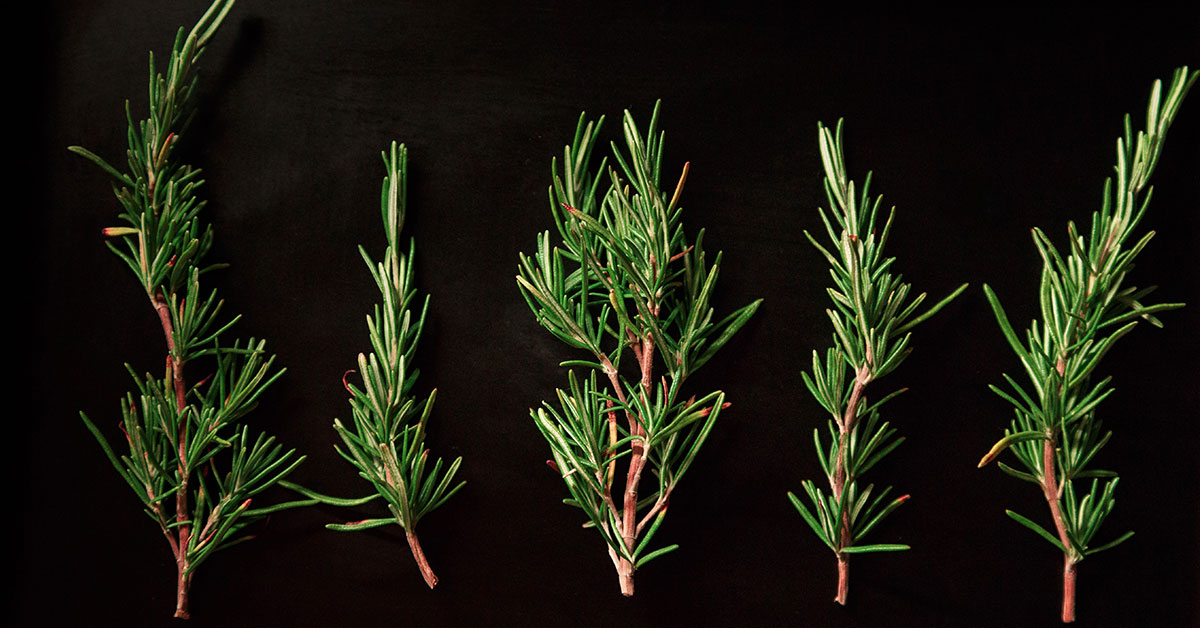Growing and harvesting rosemary is incredibly easy. Rosemary is a resilient herb that can be grown both indoors and outdoors. When planting rosemary, make sure to plant it in an area that receives a lot of sun and water it regularly. You can harvest the leaves or the stems of the plant, and you can use them in a variety of dishes. Rosemary is a great addition to meats, vegetables, and salads, and it also adds a wonderful flavor to soups and stews. Growing rosemary is easy, and it is very rewarding when you get to reap the benefits of your hard work.
When to harvest rosemary
When to harvest rosemary depends on the variety, but generally, the ideal time to harvest is when the plant is mature and has reached a size of at least 18 inches. For most rosemary plants, this takes about a year or two. At this stage, the plant will have a substantial amount of leaves, and the stems will be woody and thick. When harvesting rosemary, you should cut off no more than one-third of the plant’s foliage. Some gardeners argue that you can cut up to two-thirds off but I always recommend being a little conservative when it comes to harvesting.
It is best to pick the outermost stems, as the newer growth is more flavorful. It is also important to avoid harvesting during the hottest part of the day, as this can reduce the flavor and aroma of the herb. When harvesting, use scissors or garden shears to snip off the stems. Be sure to cut the stems close to the base of the plant, as this will help encourage new growth. Once you have harvested the rosemary, it is best to use it right away or store it in the refrigerator for up to one week.
How to harvest rosemary
Harvesting rosemary is a relatively simple process. Start by selecting the sprigs that you want to harvest. Make sure to select only those that are healthy and of the desired size. When harvesting, use a pair of sharp scissors or pruning shears to snip off the sprigs. It is best to cut just above a leaf node, as this will encourage the plant to produce more growth.
Once you have harvested your rosemary, it is important to store it properly to preserve its flavor and aroma. To start, rinse the sprigs off with cool, clean water and pat them dry with a paper towel. Then, wrap the sprigs in a damp paper towel and store them in a plastic bag in the refrigerator. This will help keep the leaves from drying out and preserve their flavor.
You can also dry the rosemary for longer-term storage. To do this, spread the sprigs out on a baking sheet and place them in a warm, dry area away from direct sunlight. Allow the sprigs to dry completely, then store them in an airtight container such as a jar or plastic bag.
The dried rosemary will last for up to one year. Harvesting and storing rosemary is a simple process. With a bit of care and attention, you can enjoy the flavor and aroma of freshly harvested rosemary all year round.
Caring for rosemary after harvesting
It is important to care for a rosemary plant after you have harvested it in order to ensure its long-term health and productivity. After harvesting, you should take the extra step of pruning the plant by cutting off any unhealthy brown or dead leaves, stems, or flowers to promote new growth and prevent disease.
After pruning, you should water the rosemary plant thoroughly, making sure to saturate the soil, but not to overwater it. Make sure to water it in the morning so that the leaves have time to dry throughout the day. If the soil is too dry, you can add a layer of mulch to help retain moisture.
Lastly, you should fertilize the rosemary plant every few weeks with a balanced, water-soluble fertilizer, such as a 10-10-10 mix. This will help promote healthy growth and prevent nutrient deficiencies. Be sure to follow the directions on the fertilizer package as to how much and how often you should fertilize.
With proper care and maintenance, you can keep your rosemary plant thriving and productive for many years.













